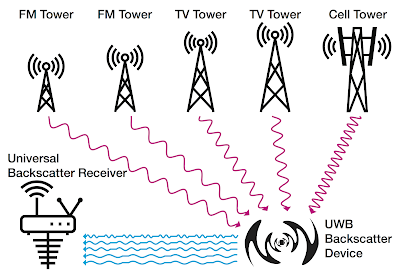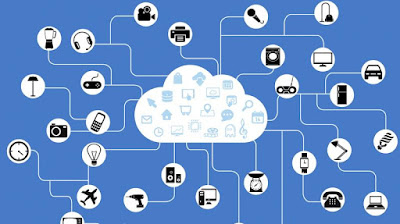Wi-Fi stands for Wireless Fidelity which means reproduction of data in a wireless medium. As a contemporary technology for data transfer, Li-Fi is going to emerge, which is still under research. Li-Fi stands for Light Fidelity, which means reproduction of data through light, without a material medium. Another technology is going to join this bunch of material-less medium for data transfer, called Ultra-WideBand Ambient Scatter technology.
Wireless radios, knowingly or unknowingly, have become parts of our lives. Be it a smartphone or a laptop almost every communication device uses wireless radio for data transfer. But, a group of scientists at Walt Disney are working on eliminating the need of these radios for communication.
They are achieving the goal by using the ambient radio waves present in the environment. Without sense, we are living in a forest of radio waves, formed by mobile carriers, Wi-Fi signals and many other communication devices. Instead of generating yet-another signal for data transmission, this group of scientists are using these ambient radio wave for communication.
Walt Disney states that this initial research of the ambient radio wave data communcation is limited to the applications of IoT. In theory, this technology is very similar to creating waves in a pond. Disney has recently succeeded in communicating over a distance of 50m in the presence of 17 different ambient radio signals at a data rate of 1kbps.
The major drawback of radios is that they consume heavy battery. This can be figured out by observing the battery consumption for signal reception in a mobile device, for example. Hence, in the devices equipped with these ambient radio signal data transfer devices, power efficiency is an added advantage. It is also known that Disney wants to extend this technology beyond IoT to all the mobile devices, agreed the presence of radio signals over the ambience.
Coming to the frequency of operation, the UWB Ambient Scatter technology operates in the range of 80MHz and 900MHz, as all the FM signals, digital television signals are conectrated in this band. Every technology comes with both advantages and disadvantages. The disadvantage of this technology is that it fails in the remote areas where ambient radio signals are absent. As of now, the technology is still under research and all such challenges could be answered with rigorous research.
Here is the illustration for the working of this technology.
 |
| Ultra-Wideband Ambient Backscatter Illustration |










